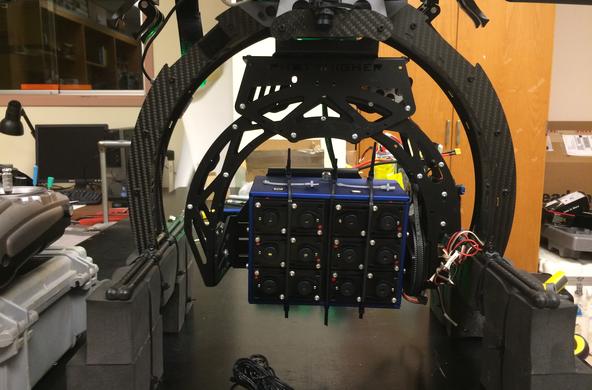So few of us have spent much time beneath the sea that it is not widely appreciated that the ocean is a noisy place. Sound carries longer distances at faster speeds in water than in the air. In the early 1990s, the late Walter Munk of the Scripps Institute of Oceanography in San Diego showed that you could hear low frequency pluses emitted in the far south of the Indian Ocean throughout the oceans of the world.
Sonar and acoustic soundings have long been used to track the movement of submarines, so the transmission of sound in water is of great interest to the Navy. We know that the transmission of sound in seawater is affected by its temperature, salinity, and pressure (depth). Faster sound transmission in warming waters has been used to track the general warming of the oceans as a result of climate change.
Noise in the sea is of immediate relevance to life in the sea. Whales and dolphins emit sounds over a wide range of frequencies to communicate. Increasing background noise from large ships, seismic testing, and oil drilling make communication more difficult, similar to living next to a construction site. In the oceans, noise sources underwater can be many miles (hundreds to thousands) away and still affect communication.
All this speaks to the efforts of scientists at the Duke University Marine Laboratory to understand what wavelengths are used for communication by whales and dolphins, with a particular focus on the endangered North Atlantic Right Whale, which calves off the coast of North Carolina during its annual migration from Florida to the Gulf of the St. Lawrence River in Quebec. The Southern Environmental Law Center (SELC) is actively contesting expanded seismic testing for oil exploration along the Atlantic coast of the U.S., with concerns about the noise levels generated.
Seismic tests frequently generate sound at more than 250 dB, enough to damage the hearing capacity of many whales if they are close and enough to impact communication at huge distances.
The Right Whale and several other species are critically endangered in the seas. Calving rates are low and adult whales seem particularly susceptible to collisions with large ships and entanglement in fishing gear. About 400 remain worldwide, and more than 1% have died within the past month. Not many people have seen a Right Whale, making it easy to shrug our shoulders about its plight.
So, next time you fill your car with gas, make the connection: seismic testing → oil exploration → more noise → poor breeding communication for whales. Will we allow the loss of the Right Whale to add to the biotic impoverishment of our planet in support of an unsustainable life style for humans?
References
Cusano, D.A., et al. 2019. Implementing conservation measures for the North Atlantic Right Whale: considering the behavioral ontogeny of mother-calf pairs. Animal Conservation 22: 228-237
Davis, G.E., et al. 2017. Long-term passive acoustic recordings track the changing distribution of North Atlantic right whales (Eubalaena glacialis) from 2004 to 2014.. Scientific Reports 7, doi.org/10.1038/s41598-017-13359-3.
Jones, N. 2019. The quest for quieter seas. Nature 568: 158-161.
Root-Gutteridge, H. et al., 2018. A lifetime of changing calls: North Atlantic right whales, Eubalaena glacialis, refine call production as they age. Animal Behaviour 137: 21-34.






